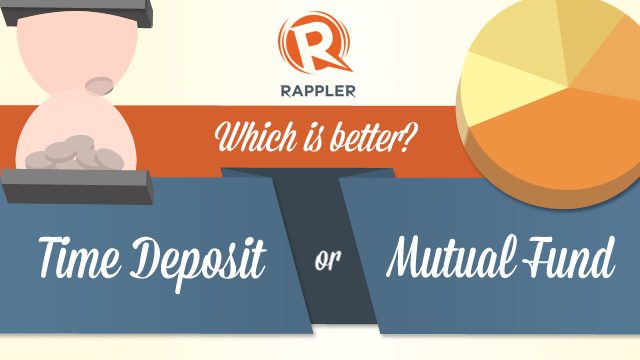SUMMARY
This is AI generated summarization, which may have errors. For context, always refer to the full article.

This is where the practice of diversifying comes in. We can have our time deposit account for immediate or short-term needs (usually 6 months to 1 year), and we can have another basket taking care of our money for the future.
The latter not only ensures that our money’s value is growing at a good rate; it also helps us combat inflation, or the general increase in prices of commodities and services.
A lot of us keep our money in a time deposit because it’s “safe.” The amount that we put in remains intact and the interest is guaranteed. Think again. There’s a silent thief called inflation that slowly depletes the value of money over time. So if a time deposit gives 1% annual interest and the inflation rate is 3%* this means that the real value of money actually shrinks by 2%.
If we’re looking to beat inflation and at the same time be financially prepared for the future, then it’s high time to re-allocate a portion of savings or time deposit to invest in mutual funds.
So which is better between the two? The answer is we need both – time deposits for immediate expenses and short-term needs; and mutual funds for long-term goals. Each has a different objective and time frame.
Here’s a useful guide on the difference between time deposits and mutual funds. – Rappler.com
* 2013 full-year inflation based on NSO data
To know how Sun Life can help you achieve a brighter life, visit www.brighterlife.com.ph
Add a comment
How does this make you feel?


There are no comments yet. Add your comment to start the conversation.